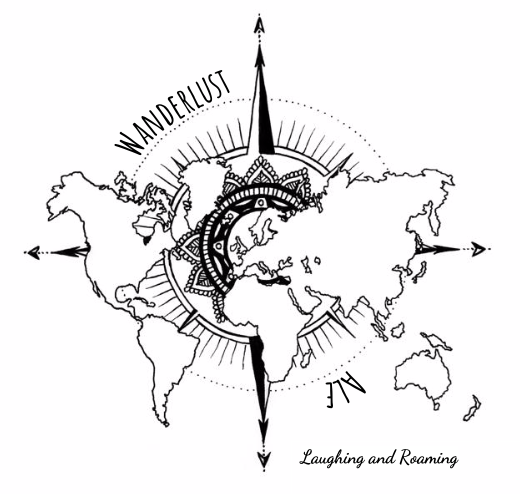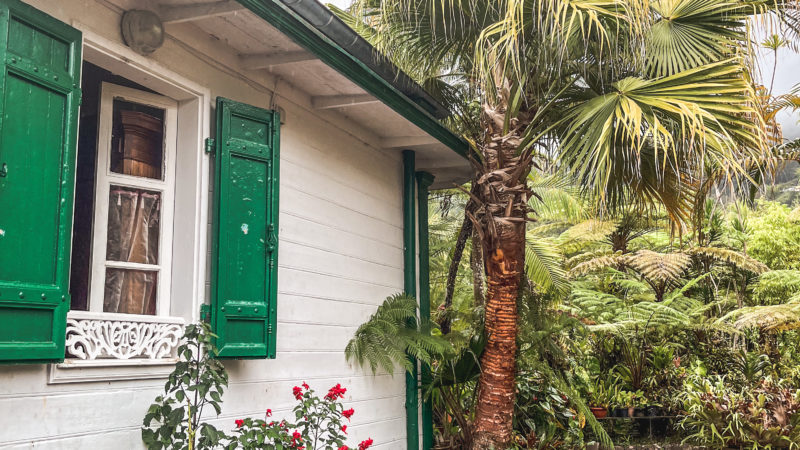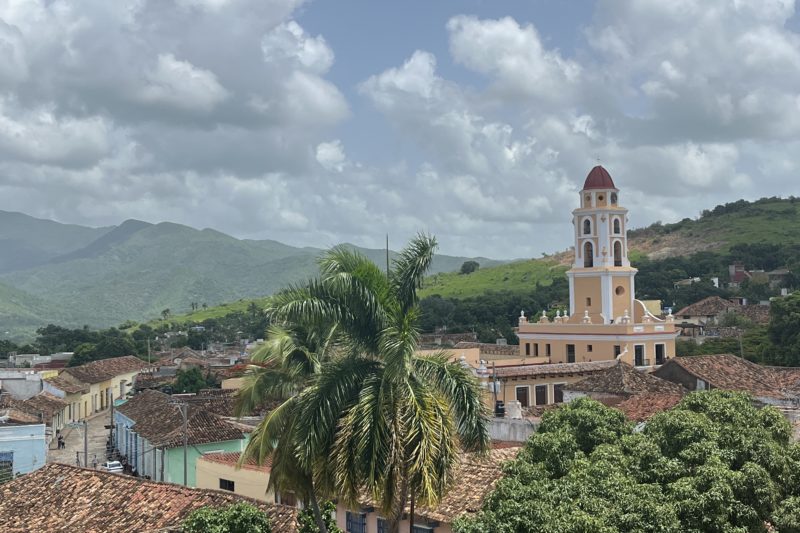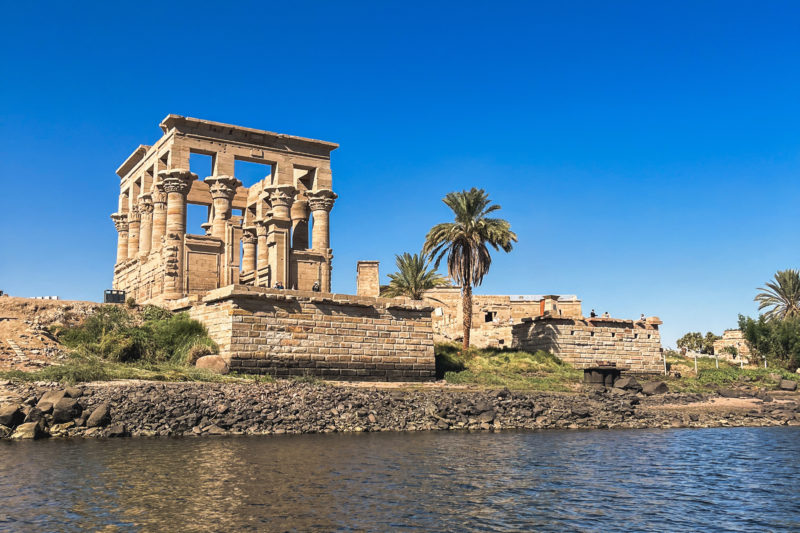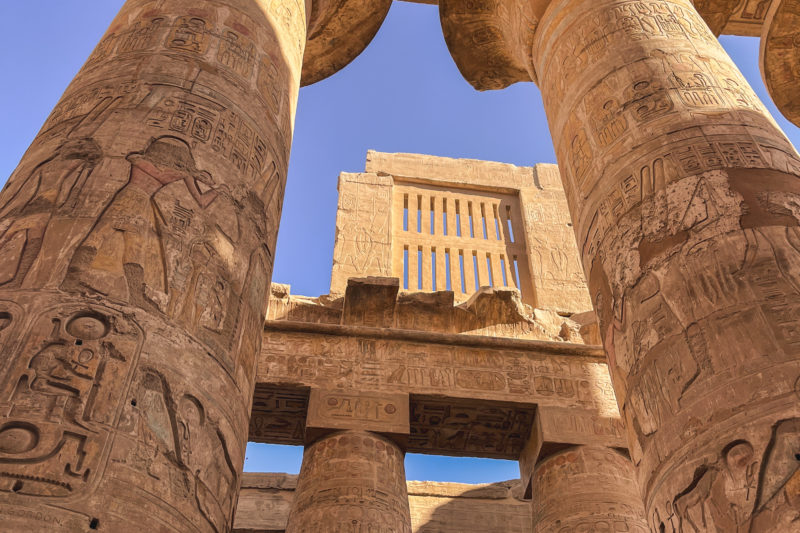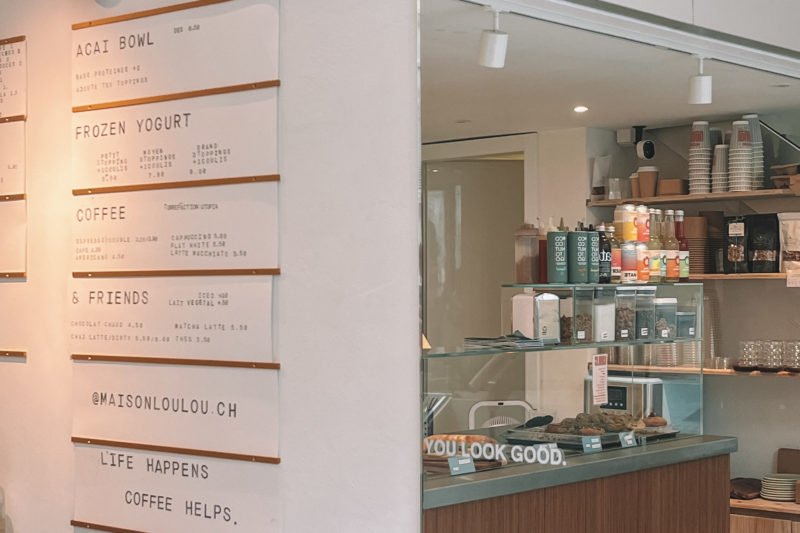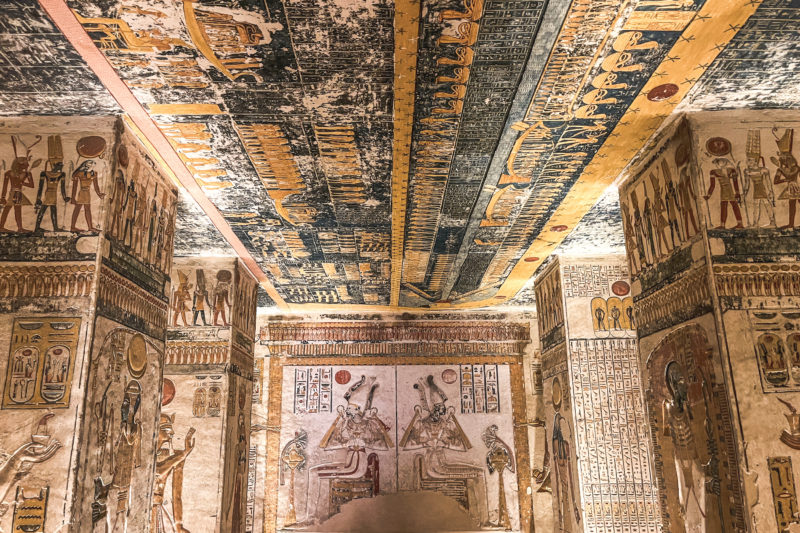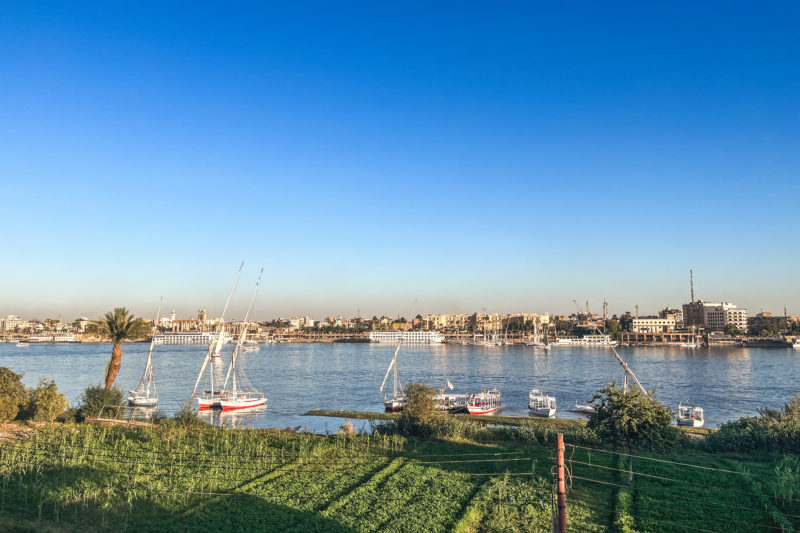Reunion, the jewel of the Indian Ocean, is an island of a thousand facets, offering a surprising diversity of landscapes. Among its natural treasures, the Cirque de Salazie stands out for its lush beauty, majestic waterfalls and pleasant atmosphere.
The Cirque de Salazie, located in the heart of Reunion Island, is one of three natural cirques that characterize the island’s mountainous terrain. I’ve already told you about Mafate here. Surrounded by imposing mountains, this cirque offers a setting of unspoilt nature, with its vertiginous crests, verdant valleys and spectacular waterfalls.
A BIT OF HISTORY IN SALAZIE
Salazie takes its name from the Malagasy word “Soalazy”, meaning a three-legged pot. For a time, it was commonly known as “bon campement”. The name Salazie was officially recognized in 1835.
With a setting worthy of Jurassic Park, and vegetation stretching as far as the eye can see, it’s hard to imagine that in the late 19th century, the Cirque drew crowds. And yet, this was due to one thing: the opening of a spa, which led to the operation and development of the Cirque, culminating in the creation of the village of Hell-Bourg. Although this was also one of the qualities of the Cirque de Cilaos, the Salazie springs were recognized for their beneficial, medical and therapeutic value.
However, the thermal attraction gradually ran out of steam in Salazie, and people preferred to go to Cilaos after the violent cyclone of 1948.
WHAT TO DISCOVER IN THE CIRQUE DE SALAZIE
Salazie is renowned for being one of the rainiest places on Reunion Island, which contributes to its lush vegetation and the profusion of waterfalls that adorn its rock faces. The Cirque is a nature reserve, preserved by exceptional flora and fauna.

Hikers and nature lovers can discover a unique biodiversity, with endemic species for which the island is famous. Among the Cirque de Salazie’s most famous attractions are the impressive cascades that cascade from the high peaks to form dazzling waterfalls. The 110-metre-high Voile de la Mariée waterfall, for example, is one of the most emblematic. Its name evokes the legend of a young bride who jumped from the top of the waterfall to escape a forced marriage.
The Cirque de Salazie also offers countless opportunities for exploration. Hiking enthusiasts can venture out on the well-maintained trails, discovering beautiful panoramas. The Trou de Fer trail, for example, leads to a lookout point with a breathtaking view of a huge waterfall cascading into a deep crater.
In addition to its unspoilt nature, Salazie is also home to a rich Creole culture. Visitors can discover picturesque villages where traditional Creole architecture has been preserved.



Personally, only one day was dedicated to discovering the Cirque de Salazie. As the weather was rather rainy, we decided to play it simple and head for the village of Salazie to discover its nuggets. This is an effective itinerary if you want to explore the Cirque without having several days to devote to it, or the desire or opportunity to go hiking. From the road leading to the village, you’ll be able to see some of the famous waterfalls I’ve already mentioned.
As I already mentioned in the article on my expedition to Mafate, distances are deceptive on the island, even by car. So, depending on where you’re staying, you’ll need to devote some time in your itinerary to transportation, and even more so if you’re only traveling by public transport. For example, to reach the village of Hell Bourg from the commune of Saint-Paul where I lived, it takes 1h30, and that’s without traffic or roadworks. As you’d expect, the scourge of the island is the large number of cars, which means that the roads are taken by storm and traffic jams can last a long time.
POINTS OF INTEREST IN THE CIRQUE DE SALAZIE
As soon as you enter the Cirque de Salazie, you enter a world of its own, lush and predominantly green. A direct relaxing effect. This is something to bear in mind and remember, as the numerous roadworks on the D48 will probably cause you to lose your relaxation, especially when you’re waiting for many minutes at traffic lights.
So take the time to stop at the side of the road, when it allows, to discover the many waterfalls that abound in the valley through which the main road leads you to Hell Bourg, the last authentic village in the Cirque.
La Cascade Blanche
On the way, you can make a first stop at the Cascade Blanche, visible from the road. With a total height of 640m, it also boasts the distinction of being one of the highest waterfalls in the world, and the 3rd highest in France.
A slightly hidden and steep path, according to my Lonely Planet guide, may lead visitors to get closer and even take a longer hike to the Cascade. As the weather was not conducive to walking, we continued on our way. However, you can stop and park at the Cascade Blanche restaurant car park. What’s more, on Google Maps, you can find direct indications of viewpoints on sites of interest, which is what we followed as an indication to see the cascades from the road.


Village de Salazie
Then, on the right, you’ll catch a glimpse of the small Cascade de Salazie before arriving at the Cirque’s first Creole town, which gives it its name: Salazie. We stopped off here for a bite to eat in a bakery.
This also allowed us to discover this small village and, above all, its Notre Dame de l’Assomption church. What struck us most about this church was its inscription “Chez nous soyez reine”, which we found very appealing, as evidenced by the pretty photo with my sister below.
Although small, the village of Salazie is simple but welcoming, offering a first glimpse of a typical Creole village, before arriving at Hell Bourg, the Cirque’s tourist destination par excellence.




Cascade du Voile de la Mariée
Continuing our journey towards Hell Bourg, just past the village of Salazie, a magnificent viewpoint invites travelers to catch a glimpse of the famous Voile de la Mariée. I say viewpoint, but it’s just a stop on the side of the road. We’d been lucky, as roadworks were taking place right on this spot, and I was able to get out of the car – during the interminable wait for the light to turn green, to get closer to the waterfalls.



Several cascades create a veil-like effect. However, as I mentioned in my introduction to the beauties of Le Cirque, if the Voile de la Mariée is so famous, its reputation is due not only to its beauty but also to its legend. A tragic passion evolving in the heart of a wild natural environment. Worthy of the verses of romantic poets.
Many years ago, a wealthy man settled in the Cirque de Salazie with his remarkably beautiful wife and their daughter. Sadly, the wife died, leaving the man alone with his daughter. Her daughter resembled her mother so much that her father wanted to keep her by his side, refusing all offers of marriage.
One day, he hired a gardener who fell head over heels in love with the girl. Their affections being mutual, they decided to get married. The father, however, angrily rejected the idea and locked his daughter in the house. The next day, while he was at work, the girl managed to escape and join the gardener. The lovers decided to get married immediately, on their way to the village church in Salazie. But the father, discovering that his daughter had disappeared, went to the church and cried out in despair. Panic-stricken, the girl began to run. Her beautiful bridal veil hid her face, preventing her from seeing the precipice ahead.
Legend has it that, as she fell, her veil caught on a branch. The story goes that the father, plunged in inconsolable grief, has been weeping over the precipice ever since. Thus, the waterfalls tumbling down the Bride’s Veil would be interpreted as his perpetual tears.
SALAZIE IN ONE VISIT, HELL-BOURG VILLAGE
The village of Hell-Bourg embodies the essence of Creole culture, with its picturesque lanes, colorful houses and warm atmosphere. As I mentioned earlier, Salazie’s thriving past can be discovered in Hell-Bourg.
The village lies at the far end of the cirque, at an altitude of 930 meters, nestled between verdant mountains that (almost) protect it from the elements. I say “almost” because, naturally, we visited the village in the rain.






Creole houses with colorful roofs line the cobbled streets, creating a charming, authentic atmosphere, like stepping back in time. It’s not for nothing that Hell-Bourg is listed as one of France’s Most Beautiful Villages. The traditional architecture, with its welcoming varangues and flower-filled gardens, bears witness to the rich history and preserved heritage of the local community.
That’s why we visited the Folio house, a typical 19th-century Creole hut. With its beautiful Reunionese architecture, this house was listed as a Monuments Historiques in 1989. As such, it is now a museum and entry to it is not free. Nevertheless, it’s the best way to learn more about Creole culture and the habits of yesteryear, in a setting of exquisite vegetation. A visit that reminded me of the one I made to discover coffee in the south of the island.






It’s an invitation to plunge into the very soul of La Réunion, through the eyes and smiles of its local community.
